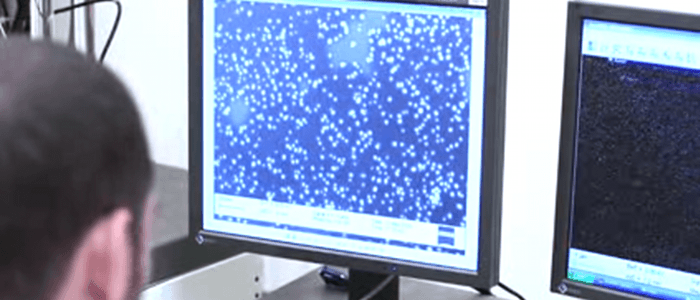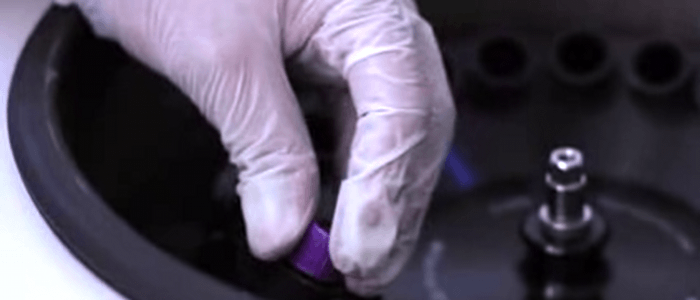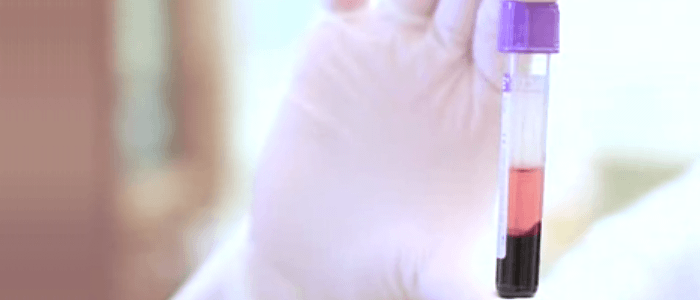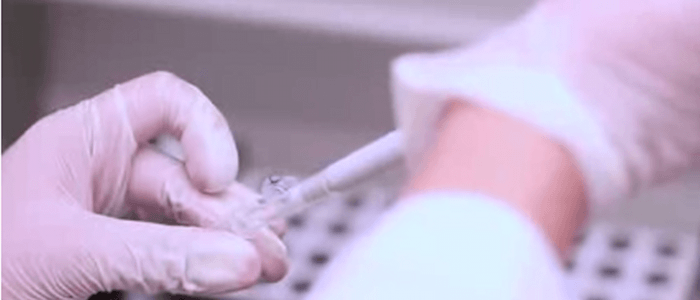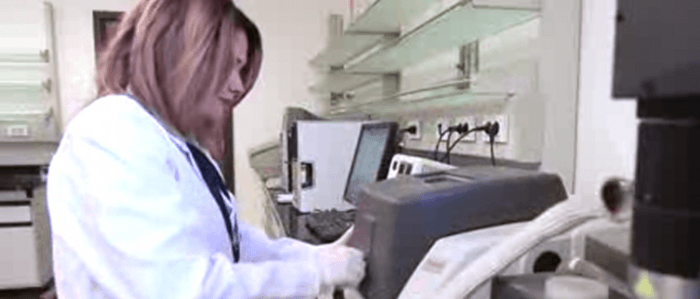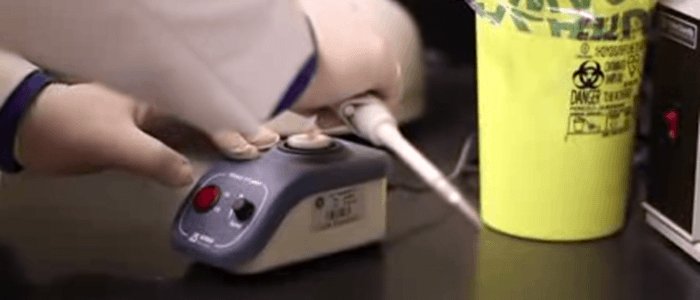Our Work
The current HCV Problem
Hepatitis C virus (HCV) is a blood-borne RNA virus which infects ~200 million people worldwide. It is the leading cause of hepatocellular carcinoma and liver transplantation. Egypt has the highest HCV prevalence worldwide where ~15% (12 million) of the general population is infected. Approximately 80% of infected patients will become chronically infected. Most patients with chronic HCV are asymptomatic and can lead normal life. About 20% of chronically infected patients may develop liver fibrosis, cirrhosis, and liver cancer and may need liver transplants. Early diagnosis of HCV is difficult since most patients infected with the virus are asymptomatic. Different testing methods are available for HCV diagnosis and monitoring, each with its own benefits and downfalls. The current HCV detection strategies rely on initial screening using cheap immunoassays for detection of antibodies against HCV in patient blood. However, this test fails to detect antibodies in immune compromised patients and in case of early infection as it takes several weeks for the patients body to produce antibodies against the virus. Such a detection failure most likely results in infection of multiple other individuals through the person who received the false negative result. Also, the inexpensive antibody tests cannot determine whether the individual is currently infected; they can only determine whether the patient was exposed to the virus in the past, but not necessarily infected with it. If the immunoassay result is positive the patient moves on to the confirmatory, more accurate but expensive and time consuming molecular assays (e.g. real-time PCR) for the detection and quantification of the viral RNA. Molecular assays detect the viral nucleic acid and thereby are the conclusive way to determine whether a person is infected with HCV.
HCV Nanogold Assay
The availability of a simple inexpensive test for direct detection of HCV RNA would be of substantial value in management of HCV infection. It would reduce the time and resources needed to identify patients with active infection. It would also replace the first line antibody test that cannot identify patients with acute (early) infection. Consequently, it would help enhance patients response to available therapy, and aid in controlling disease spread. It would be of particularly great value in developing countries such as Egypt with limited resources, which also happens to have the greatest HCV burden with half a million newly infected individuals per year.
Our product, a novel nanoparticle-based HCV detection test, will fill an important market gap where it will combine the affordability of antibody test with the sensitivity of molecular assays. It will contribute to significant time saving as the patient will bypass the lengthy process of screening using antibody tests then confirmation using molecular assays. This assay would also open a new market segment consisting of individuals who are considered to be at risk for HCV infection but refrain from testing due to the high cost of the current methods. Another potential market are blood banks, which could also benefit from this assay to screen donated blood rapidly and at a lower cost, thereby improving the quality assurance and increasing blood safety and making blood readily available for transfusion.
Our assay offers molecular detection of HCV with comparable performance to the currently available assays at a more affordable price. Additionally, the test allows circumvention of the first current diagnostic phase altogether and directly identifies patients with active infection in less than one hour this allowing critical medical interventions to be implemented promptly. Also, the fact that no expensive equipment or extensive infrastructure is needed further cuts down the overhead costs and allows small scale laboratories and organizations to enter our client pool.
Nanogold Assay Technology
Nanoparticles, including the highly promising gold nanoparticles (AuNPs), have been recently proposed as potential tools to develop sensitive, rapid, and cost-effective diagnostic assays. AuNPs are spheres with a typical diameter of approximately 2–50 nm. They exhibit a unique phenomenon known as Surface Plasmon Resonance (SPR), which is responsible for their intense red color. This color changes to blue upon aggregation of AuNPs. We have developed a colorimetric assay using unmodified AuNPs that directly detects unamplified HCV RNA in serum.
Product Packaging
Our test will be marketed as an “HCV Nanogold Assay”; a complete test kit sufficient for 25 tests. The kit will be comprehensive and contain all the needed reagents for viral RNA extraction and detection using the AuNPs assay, as well as controls.
Additional assays under development:
- Tuberculosis.
- Acinetobacter.
- Bladder Cancer Gene Markers.
- Breast Cancer Gene Markers.

